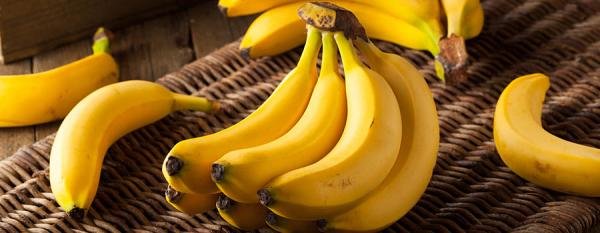
We all know overripe bananas can be peeled, cut, and frozen in a zip-lock bag or airtight container and used later in baking or smoothies, but did you know banana peels can help your plants?
Prepare to level up your waste warrior and plant-parent status with these simple ideas that will save you money and reduce waste to landfill.
What’s so good about banana peel?
Banana peels contain:
- calcium, which promotes root growth helps add oxygen to your soil
- magnesium, which assists with photosynthesis
- sulphur, which helps plants develop strong roots and repel pests
- phosphorus, which improves fruiting and flowering and assists with pollination and seed germination and viability
- potassium, which improves general plant vigour, including building resistance to pests and diseases and assists with fruit development.
Basically, banana peels are full of nutrients your indoor plants and garden will love.
Ways to use banana peels in your garden
Don’t waste banana peels by throwing them in the bin. Try out these ideas.
1. Homemade liquid fertiliser and non-toxic pest repellent
Start by cutting your banana peels into small pieces and putting them in a bucket or container and covering them with water. Leave them for two to three days. Stir occasionally.
Strain and use the liquid to water your plants. You can also add the liquid to a spray bottle and spray it onto the leaves and branches of your plants to help deter aphids.
Take this mixture a step further by adding crushed eggshells and a spoonful of Epsom salts.
Make this a zero waste recipe by adding your strained peels to your worm farm, bokashi, or compost bin, or simply bury them in the soil of your garden or potted plants.
2. Homemade slow-release fertiliser
Chop your banana peels into pieces and lay them on a tray to dry them in the sun or in a low oven (with the door slightly open).
You can use them as dried banana skin chips, or grind or blitz them into a powder. Bury your powder or chips in pot plants or garden soil, or mix into your potting mix to improve your soil’s nutritional value.
Epiphytes such as staghorn, orchids, bromeliads, and bird’s nest ferns will especially love this slow-release fertiliser added every few months.
3. Use them as mulch
Mulch helps improve the quality of your soil and the health of your garden by suppressing weeds, providing a home for plant-friendly insects and microorganisms, as well as helping retain moisture by up to 70% more than un-mulched soil.
Banana peels can be placed directly onto pot plant soil, or around the base of your garden as mulch. As they decompose, they will release nutrients into the soil to feed plants.
If using banana peels in your garden, place a single layer straight on top of the soil, being sure not to let them touch the plant stem. Cover the peels with a standard mulch, such as sugar cane mulch, to prevent attracting fruit flies.